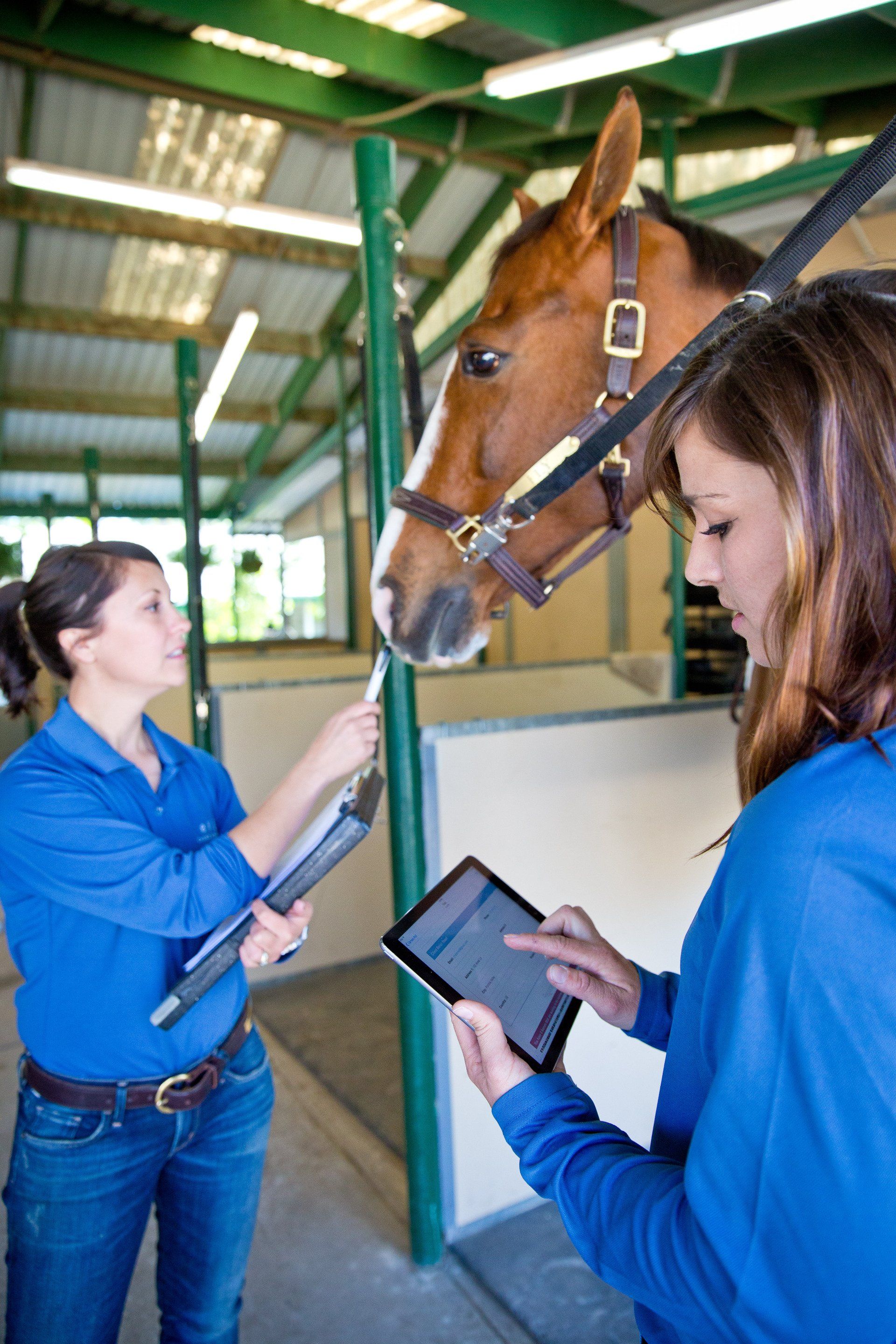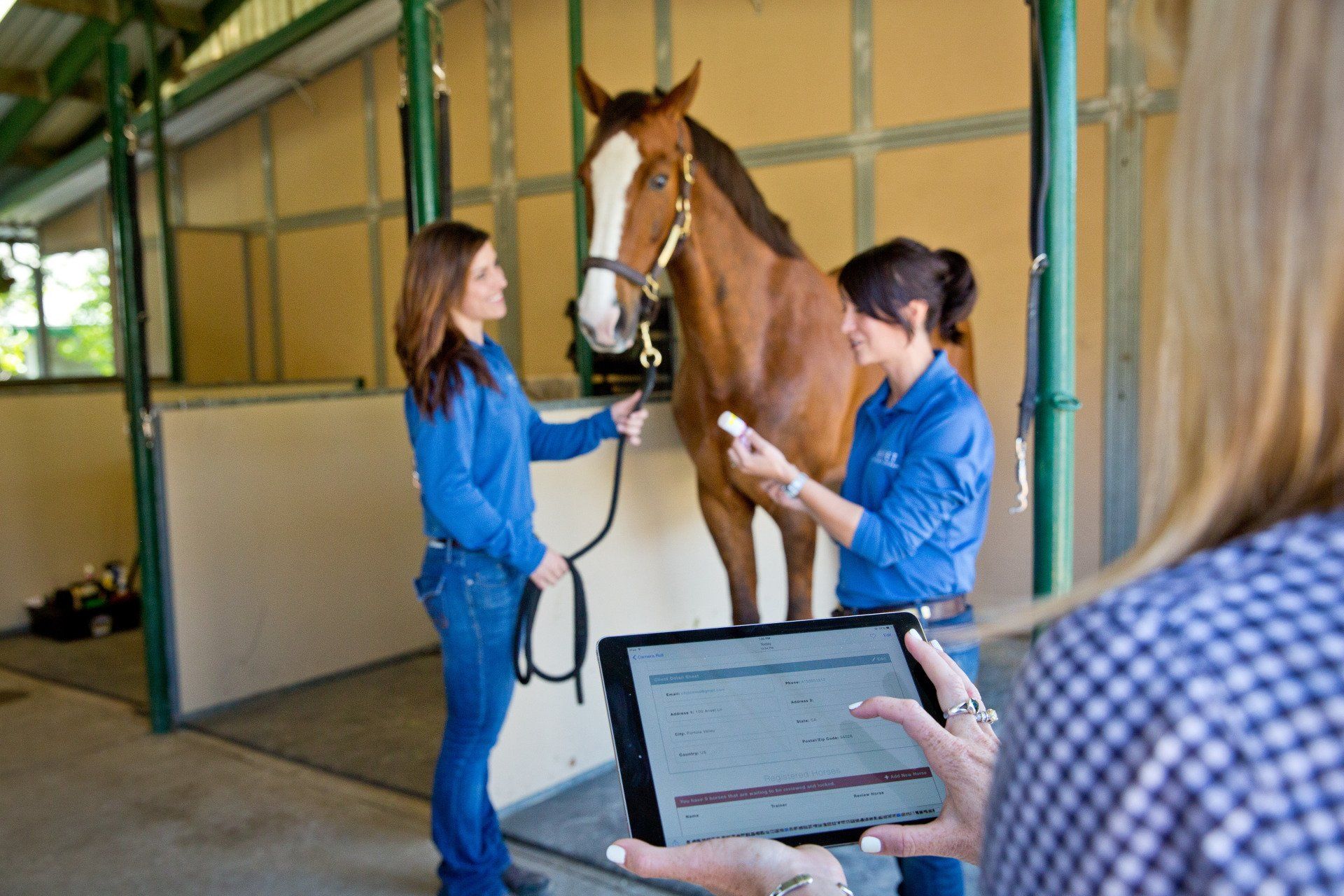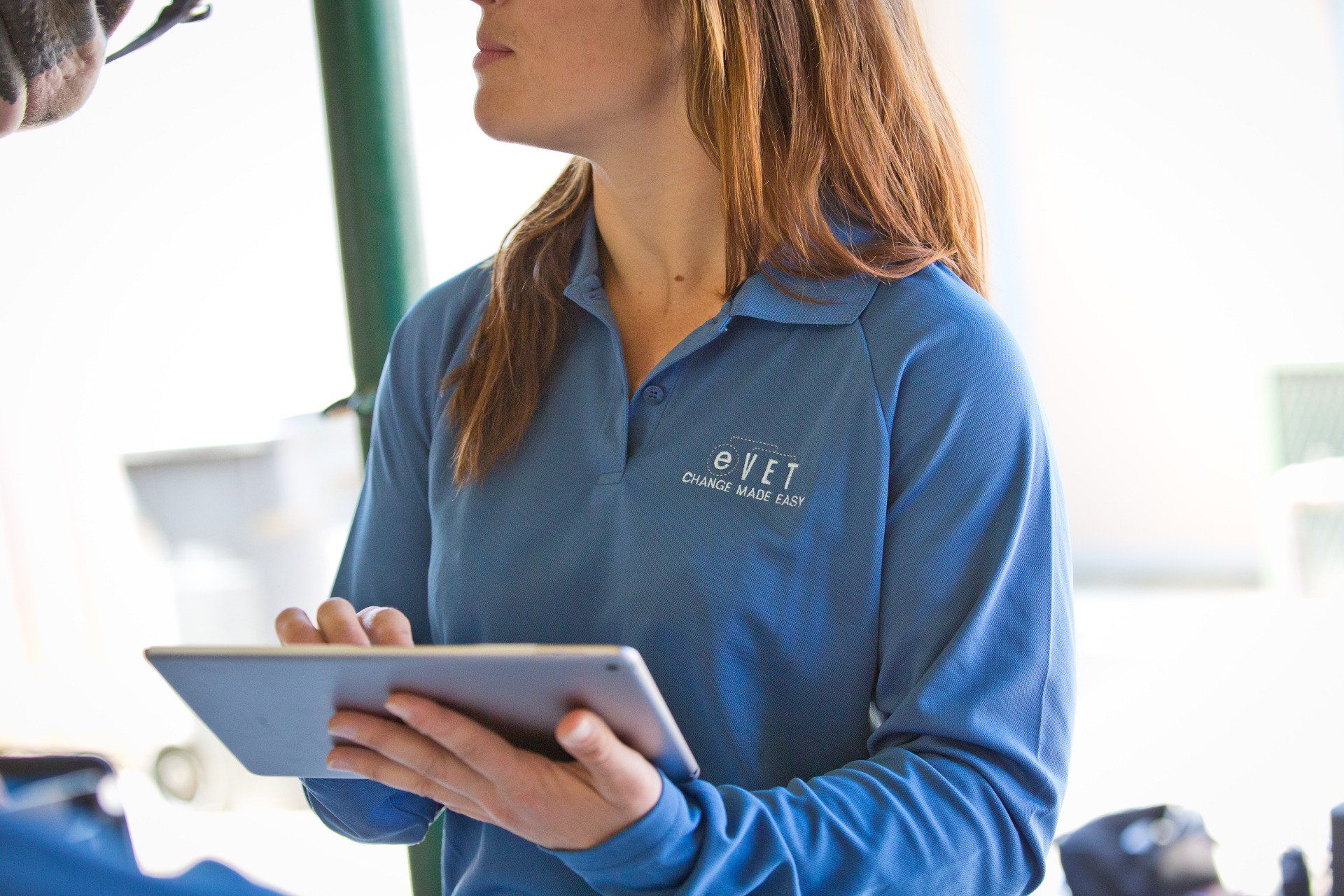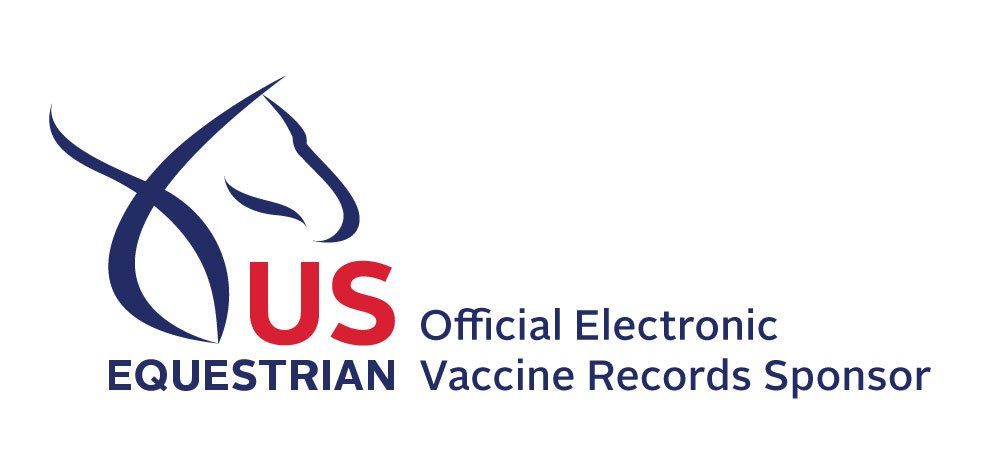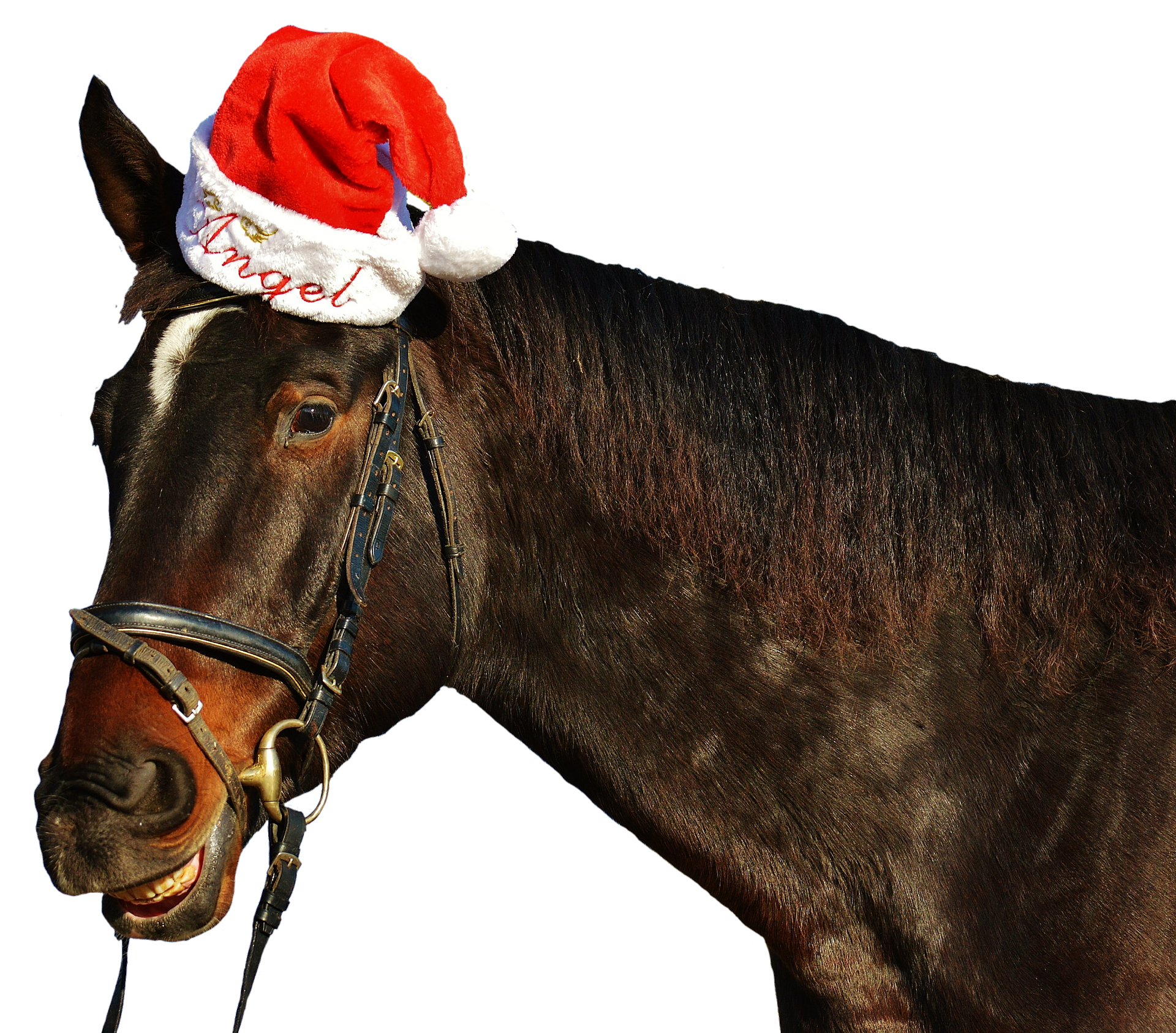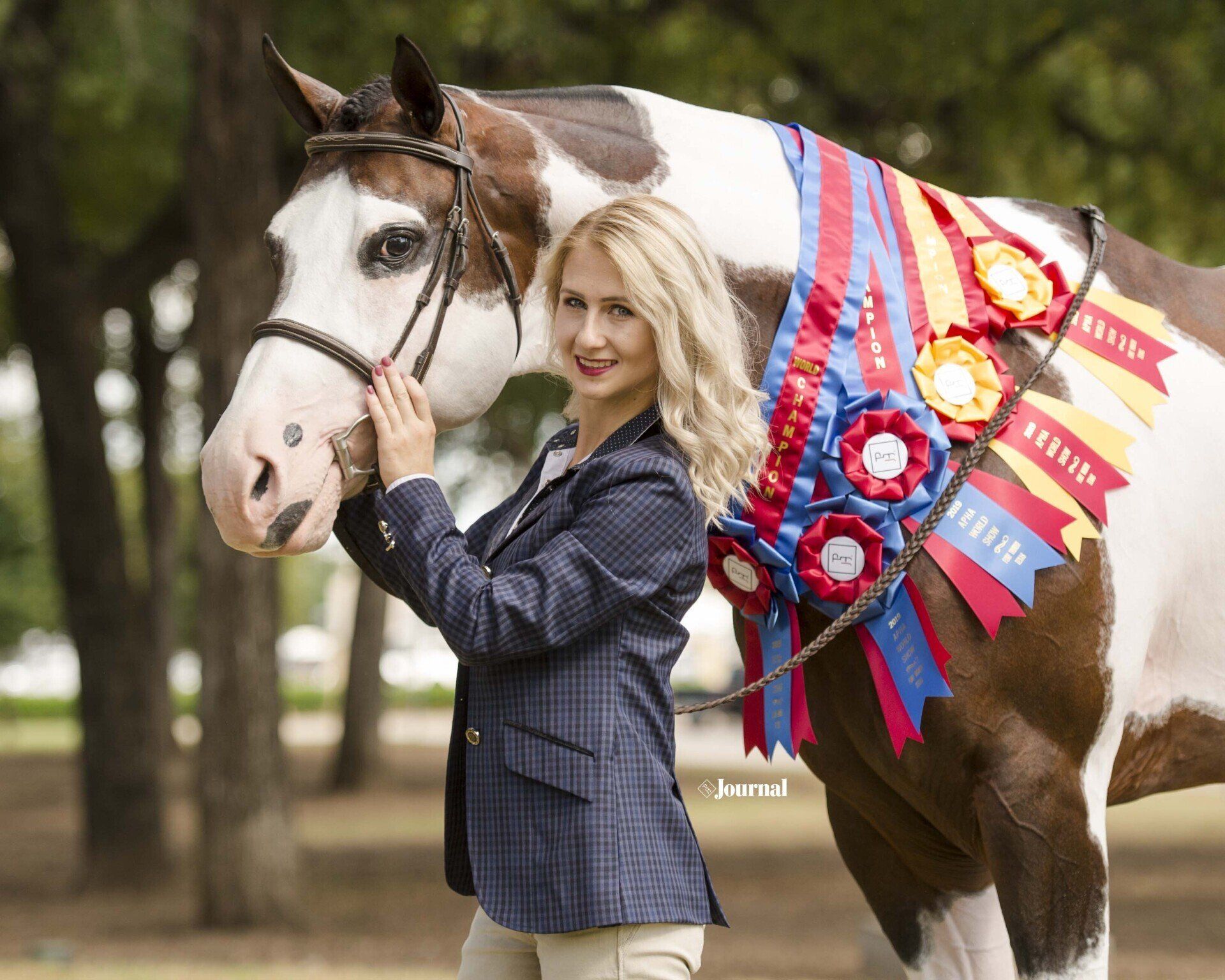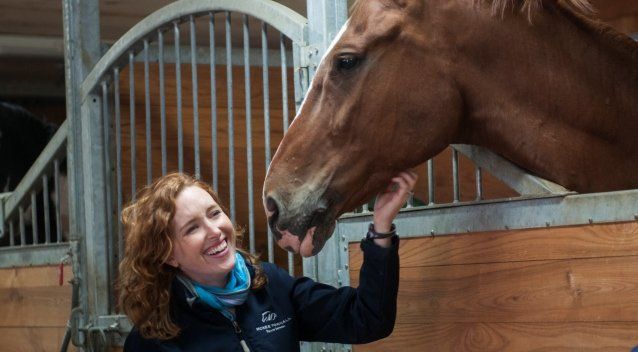EHV-1
Answering your questions about Equine Herpesvirus
Herpes, truly the scourge of the earth in every species it meets! Now that I’ve got your attention, let’s talk about EHV-1 (Equine Herpesvirus, strain 1) in horses. If you’re in the horse industry anywhere in 2021, you’ll know Equine Herpesvirus Myeloencephalopathy (EHM) seems to be popping up everywhere in horse populations. EHV-1 is the usual causative agent for neurologic signs and abortions, although occasionally EHV-4 is implicated. Unfortunately, the rumor mill around cases and facts runs faster than a horse who’s just seen a plastic bag.
What’s a savvy horse person to do while trying to ride and be safe? Below, we’ve rounded up the facts and must-have resources to keep your crew as safe as possible this year.
Fast Facts:
- Equine Herpesvirus is a family of viruses with different strains, and not all of them cause devastating health effects. The known strains are EHV 1, 2, 3, 4, and 5.
- EHV-1 is the strain of Equine Herpesvirus that has been causing a stir early 2021.
- EHV-1 can live on contaminated surfaces for 7 days, and in ideal conditions, up to a month
- EHV-1 incubation time can be as little as 24 hours between infection and clinical signs, but is usually 4-6 days
- Rapid testing is often used for an initial diagnosis of a neurologic case using qPCR testing.
- State Health Veterinarians or Provincial Veterinarians get involved in most parts of North America when a case arises due to the highly infectious nature of the disease. Movement restrictions and farm quarantines are often imposed, either voluntary or involuntary.
- It can take 14-28 days after clinical signed have resolved before horses stop shedding the virus, and many state officials will require negative testing to confirm before quarantines are lifted.
- An estimated 40-60% of horses will carry EHV-1 for their whole lives without showing clinical signs.
- 24 outbreaks of Equine Herpesvirus Myeloencepalopathy (neurologic disease) have been reported across multiple states and provinces in the US and Canada since January 1st 2021. Check out the map here.
Which Equine Herpesvirus strain has been in the news?
EHV-1 is most commonly associated with neurologic disease, or Equine Herpesvirus Myeloencepalopathy (EHM), but it can also cause abortions in pregnant mares and respiratory signs. Sometimes EHV-4 can cause neurologic signs, abortions and respiratory disease also, but the recent outbreaks in 2021 have been EHV-1 related. An Equine Herpesvirus infection that causes neurologic disease is called Equine Herpesvirus Myeloencepalopathy (EHM).
EHV-1 infections that cause EHM mean that the infection has damaged the blood-brain barrier by rupturing the little vessels that keep the two separate. This causes big problems in the affected horse, and the horse may not be able to walk, be very wobbly or unsteady on its feet, urine dribbling, leaning on fences or walls for support, head tilt, floppy tail, among others.
EHV-1 can also cause abortions, and can affect multiple horses on a farm.
How does EHV-1 spread?
It’s shockingly easy to transmit Equine Herpesviruses from horse to horse, and the virus is often shared when horses are mixing together (shows, races, barns, turnout, sales etc). It can also be easily spread on clothing, barn equipment, tack, towels and stalls. Further, EHV can be spread via droplets in the air, exhaled by infected horses. Since we can’t get our horses to mask up like we’ve done in the past year, we have to apply some of our own COVID-19 infection prevention knowledge to prevent the spread.
If I keep my horse away from the farms with horses showing neurologic signs I should be fine right?
Unfortunately, like most other herpesviruses in other animals, Equine Herpesvirus loves to lay dormant. (Coldsores are an example of a human herpesvirus that loves to rear it’s ugly head when the infected person is under stress). Many horses have the virus in their body and it lays quietly in their system, only to be shed during a stressful time.
How do I prevent EHV-1 from harming my horses?
The best suggestions are often the simplest. Pack a 1-2 punch by combining vaccination with infection prevention practices.
Vaccination:
Make sure you have a robust vaccination program, designed with your vet. Make sure you share with your vet when you plan to travel/show, past vaccine history, and requirements for the places you’re going. Vaccinating too close to a stressful event like shipping or showing can be detrimental, so there’s definitely a “sweet spot” for vaccinating at the right time and frequency. I cannot over emphasize the need for good records here. Make it easy on yourself and win points with your vet with organized electronic records.
Infection Prevention:
Applying many of the same principles from COVID can really help to reduce infections. Here are some great ones:
- No close contact with horses when away at a show/venue
- No sharing of equipment, even the hose at the end of the shedrow
- Keep the horses that travel separate from those who don’t
- Disinfect everything before it enters back into your barn, and change your clothes and shoes too. We should all be pros at this by now after a whole year of lockdowns!
- Make your own biosecurity plan for your farm. Learn how here.
- Limit the number of people visiting your farm and show shedrow, and don’t let people pet your horses without first washing their hands.
- Avoid hot spot areas until quarantines are lifted. If you’re in an outbreak area, consider increasing your biosecurity even further and talking to your vet about necessary precautions.
Where can I learn about new infections and areas to avoid?
In Canada, check out the Canadian Animal Health Surveillance System. In the US, check Equine Disease Communications Centre. You can sign up to receive alerts for new disease outbreaks right to your phone so you can plan accordingly. Sign up today and stay informed.
Best resources for EHV-1
- Article: American Association of Equine Practitioners Fact Sheet for Owners on EHV-1
- Podcast: Minimizing the effects of Equine Herpesvirus in Broodmare herds
- Guidelines: Guidelines for biosecurity from the AAEP
- Infographic: Preventing Equine Herpesvirus abortions
- Fact sheet: Equine Herpesvirus Myeloencephalopathy
Guest blogger bio:
Dr. Melanie Barham is an equine veterinarian, FEI veterinary delegate, entrepreneur, digital marketer and university instructor. With a background in eventing and performance horse practice in the US and Canada, Dr Barham currently dedicates her career efforts to the Ontario Animal Health Network, Global Veterinary Career Summit and strategic business consulting.
All Rights Reserved | Electronic Vet, LLC | Website Design by GoBeRewarded

